More and more I see electric cars around the United States, mostly the obvious ones like the Tesla Model S and an occasional plug-in hybrid like the Chevy Volt, plus the obvious non-plug-in hybrids like Toyota Prius. But this pales to the number of electric cars that I saw in Norway, Denmark, and Sweden. One reason – access to charging stations.
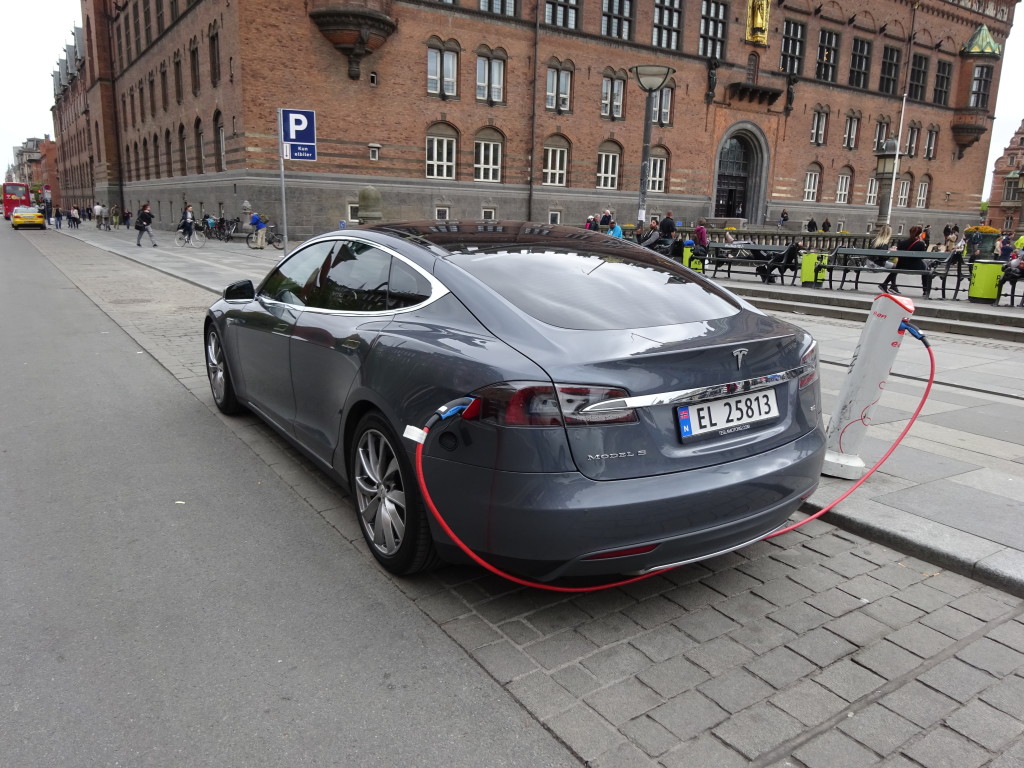
Elon Musk has been working hard to install charging stations throughout the major driving corridors of the US. The government has not been all that helpful in that regard; in fact, because of oil and auto manufacturer lobbying (and Congress’s inability to function), our government inaction still works against the widespread distribution of electric cars. Europe has taken the opposite approach.

In Copenhagen, there were a couple of charging stations right next to the famed city hall. In Stockholm, charging stations were also present, while in Oslo they have put a huge focus on electric vehicles. The photo above shows charging stations lined up and down both sides of the street. Interestingly, this particular spot was up against the old stone fortress walls made so famous in Jo Nesbo books. It shows that the old and new are compatible.
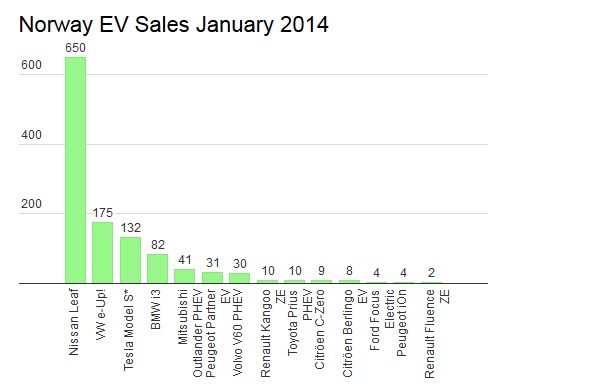
While it was nice to see so many Tesla Model S cars, the predominant electric vehicle (EV) was actually the Nissan Leaf. According to Clean Technica, the Leaf has grabbed a huge lead in market share in Norway. The graphic above shows that Leaf sales made up 55% of the total EV sales in January 2014, almost four times the next electric car (Volkswagen’s e-Up!) and almost five times the Tesla Model S. Fully electric vehicles (EVs) dwarfed the number of plug-in hybrid electric vehicles (PHEVs) in Norway (and in Denmark, where 100% of EVs were full plug-ins). Oddly enough, PHEVs were ahead of full EVs in Sweden, in part because of the popularity of Mitsubishi’s Outlander PHEV and the lack of availability of the Tesla Model S.
Besides the greater environmental awareness of Scandinavians compared to Americans, drivers in Sweden, Denmark, and Norway already have access to the type of electrical sockets needed for EVs. These countries also offer much better financial incentives to help drivers move away from fossil fuel based engines to more sustainable engine technology. They have also done a better job at facilitating charging stations, most of which are free to the public.
As you’ll see in that last link, charging stations for EVs and PHEVs are starting to appear in more and more places in the US as well, which should mean faster adoption of electric and hybrid vehicles in the near future. Eventually, all our vehicles may be EVs. That would go a long way to reducing our dependence on oil-based energy and our contributions to man-made climate change.
I’ll have more science traveling updates from Scandinavia, as well as from the Everglades, Yosemite, Argentina, and the other places I’ve visited since I embarked on this new career. Stay tuned (and feel free to wander around previous posts by clicking on “Travel” in the category list below).
David J. Kent has been a scientist for over thirty years, is an avid science traveler, and an independent Abraham Lincoln historian. He is the author of Tesla: The Wizard of Electricity and the e-book Nikola Tesla: Renewable Energy Ahead of Its Time. He is currently writing a book on Thomas Edison.
Follow me by subscribing by email on the home page. And feel free to “Like” my Facebook author’s page and connect on LinkedIn. Share with your friends using the buttons below.



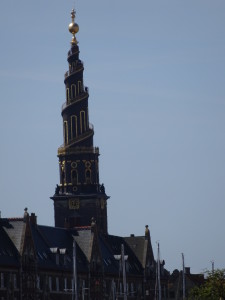
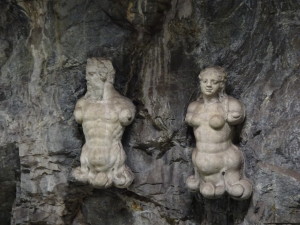
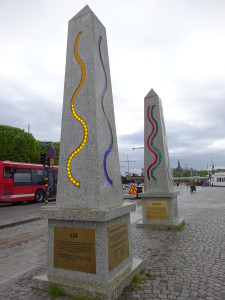
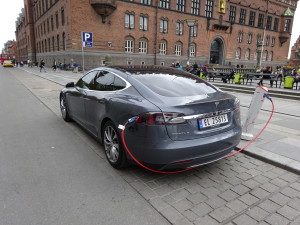

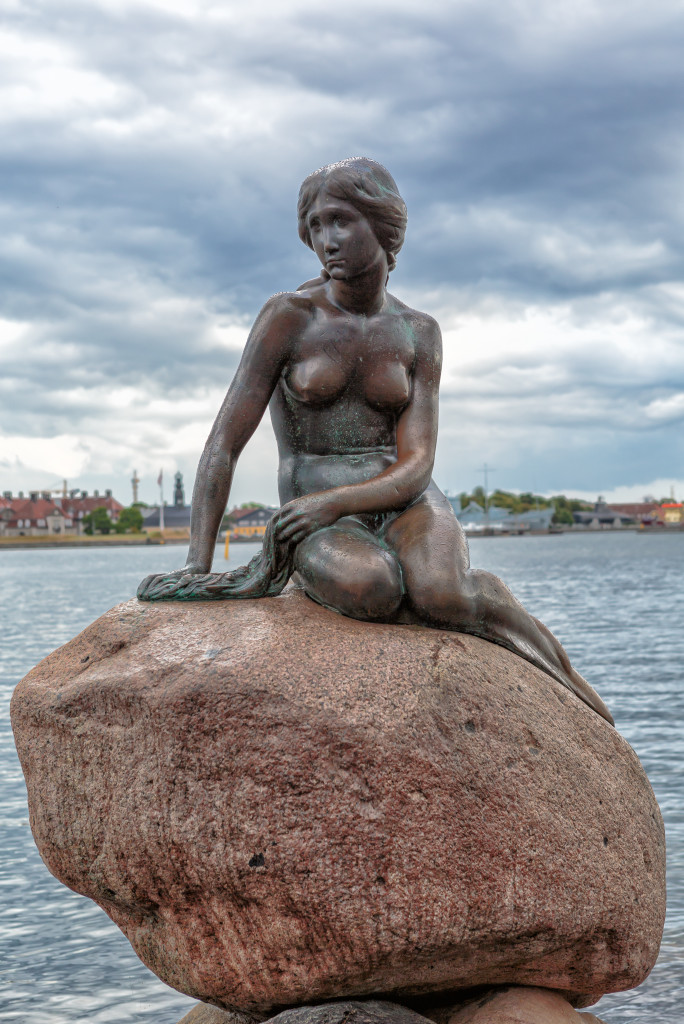
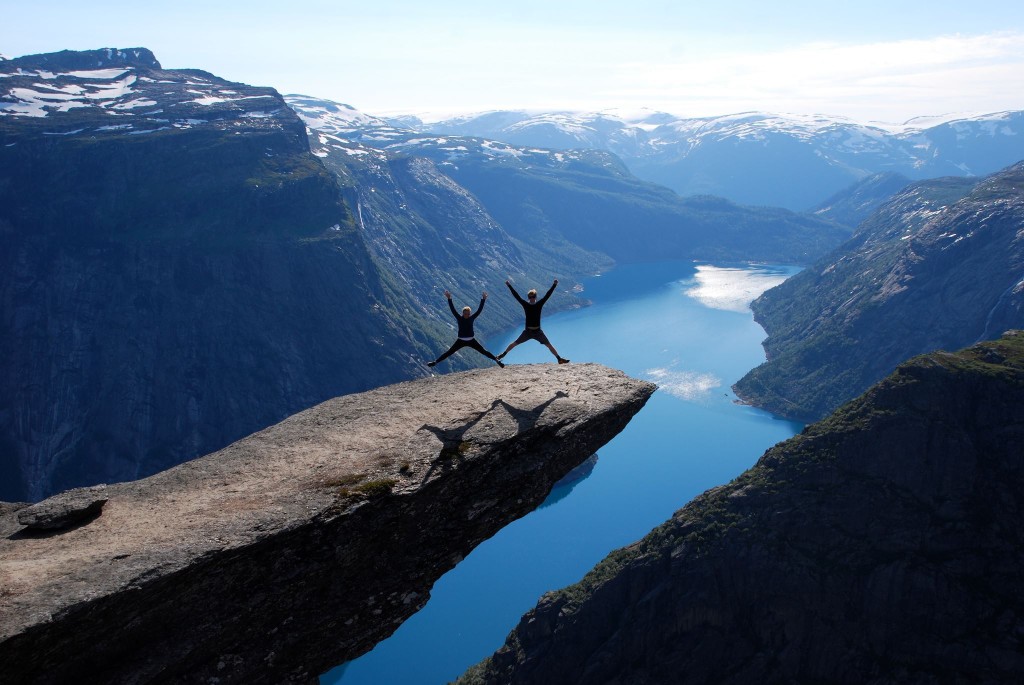
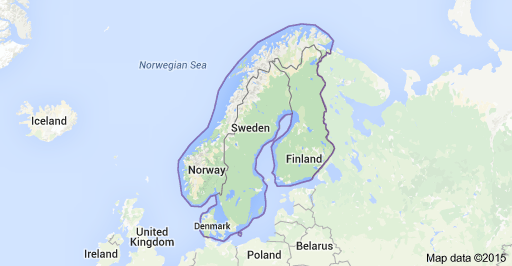
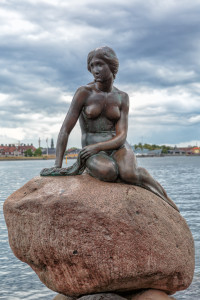
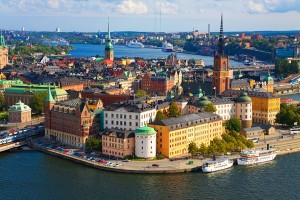
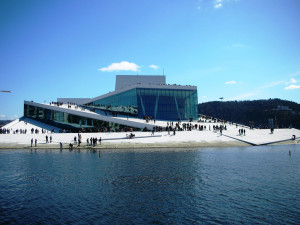
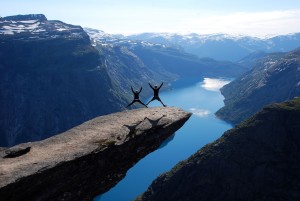




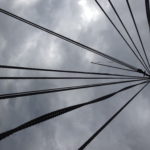 I’ve been to Copenhagen before (see my “
I’ve been to Copenhagen before (see my “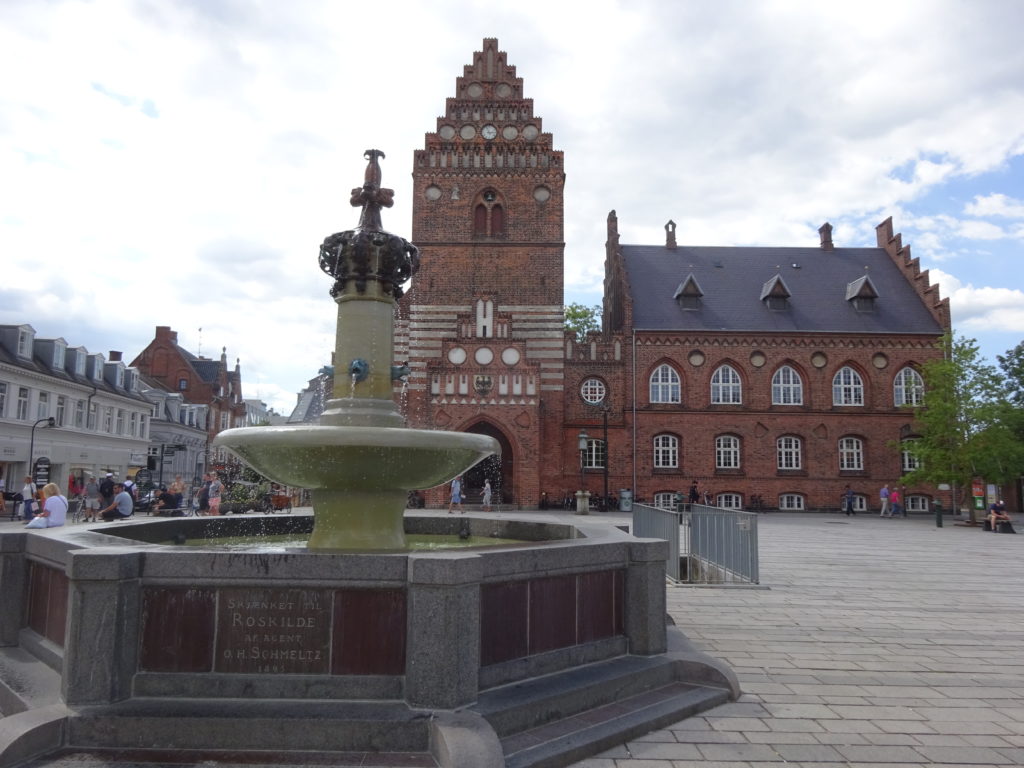



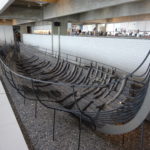
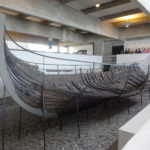
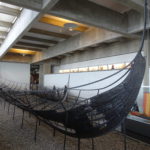
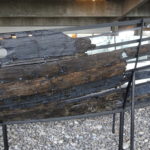

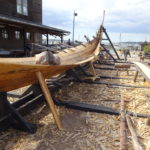
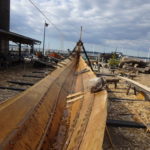
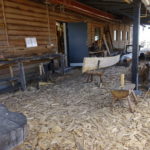
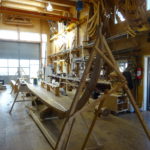


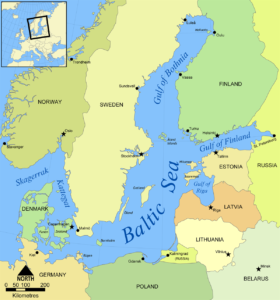 Ah, the Baltic Sea. I’ll soon be on it. And also in Denmark, Poland, Lithuania, Estonia, Russia, Finland, and Sweden. Windstar take me there.
Ah, the Baltic Sea. I’ll soon be on it. And also in Denmark, Poland, Lithuania, Estonia, Russia, Finland, and Sweden. Windstar take me there.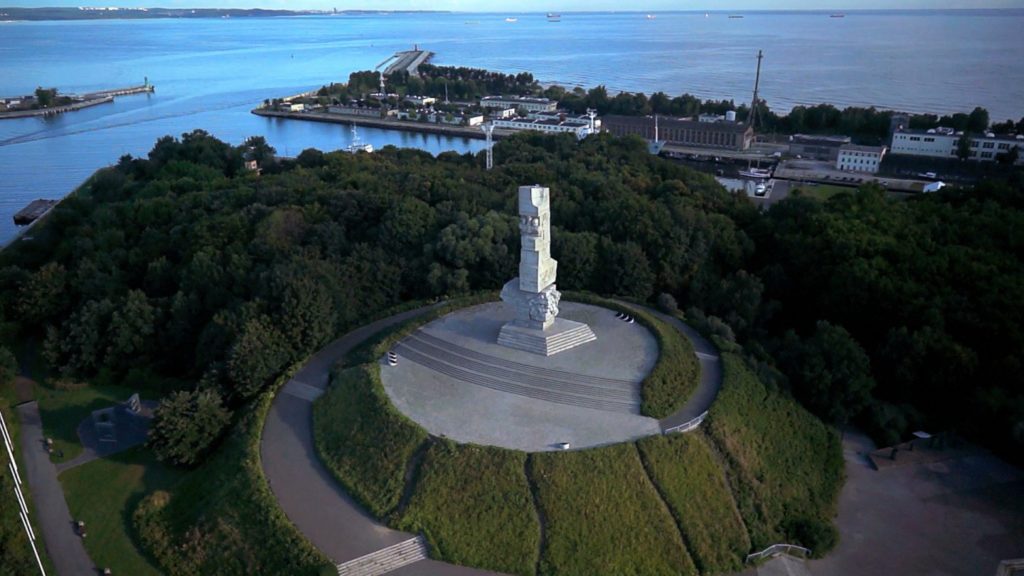
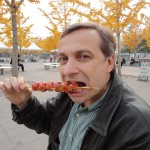 Somehow I managed not to travel anywhere in February, June, and August. But for the other nine months I had at least one out-of-town trip. It was a very good year in Science Traveling. I’ve finished traveling for the year so it’s time for a quick recap.
Somehow I managed not to travel anywhere in February, June, and August. But for the other nine months I had at least one out-of-town trip. It was a very good year in Science Traveling. I’ve finished traveling for the year so it’s time for a quick recap.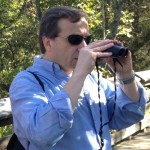 A year ago I wrote some
A year ago I wrote some 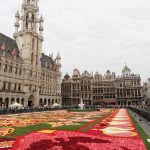 Thud.
Thud.






